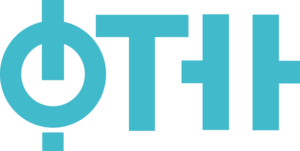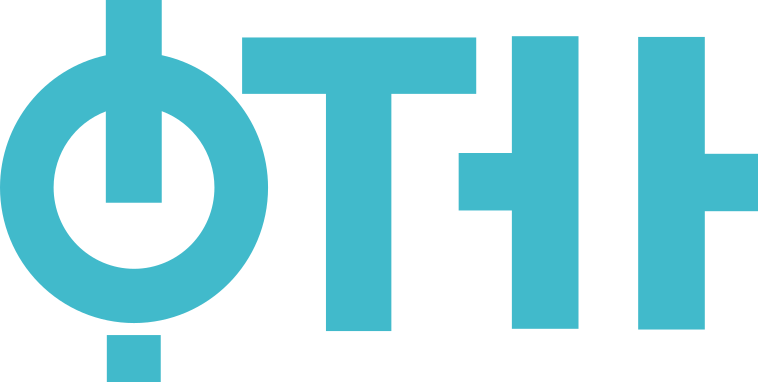Subject: Color science (17.F407 )
Native organizations units: Chair of Graphic Engineering and Design
Study programmes of the course:
| Type of studies | Title |
|---|---|
| Undergraduate Academic Studies | Graphic Engineering and Design (Year: 4, Semester: Winter) |
| Category | Theoretical-methodological |
| Scientific or art field | Grafičko inženjerstvo |
| ECTS | 4 |
The objective of this course is to educate students in the field of color science, to train students to understand complex color perception mechanisms based on knowledge in chemistry, physics, mathematics and psychology and the application of acquired knowledge in the control of color reproduction, design and printing. Through the course, the student is thoroughly acquainted with the concept of color, standard light sources and their characteristics, light and object interactions in the context of color perception, the human visual system, color vision disorders, color vision mechanisms, color vision theories, adaptations of the human vision system and adaptation models, color vision phenomena, color perception models, and advanced color metering methods. The student learns to understand the use of given terms in the context of settling the problem in the given area and solving it, developing the ability to identify problems, formulate and give possible solutions.
Upon completion of the course, students acquire knowledge necessary to understand complex color perception mechanisms and can apply them in the domain of color reproduction, design and printing. After completing the course, the student is acquainted with the concept of color, interaction of light and objects in the context of color perception, the human vision system, color vision anomalies, color vision mechanisms, color vision theories, adaptations of the human vision system and adaptation models, color appearance models as well as advanced color metering methods. Upon completion of the course, the student acquires knowledge that will enable him to understand complex processes pertaining to color perception on the one hand and advanced color metering methods, color perception models and systematization systems. The acquired knowledge will be used in future professional work as well as further education with special importance in the course of color management courses.
Introductory considerations and basic of color science. Light. Light and object: Reflection, Refraction, Transmission, Absorption, Fluorescence, Phosphorescence. Light sources, types and characterizations of light sources: color temperature, spectral distribution, standard iluminants. Radiometry and photometry: radiometric and photometric values. The human vision: the basic structure of the eye and the functions necessary to understand the color vision mechanism. Photoreceptors: function, spectral response functions of the photoreceptor to the observed stimulus. Standard observer. Coor matching functions. Color vision mechanisam me and color vision theory. Visual system anomalies - eye anomalies and color-related disorders.Adaptation Mechanisms: Light Adaptation, Dark Adaptation, and Chromatic Adaptation. Models of chromatic adaptation. Color Effects: Simultaneous Contrast, Spreading, Creaspening, Benzold-Bruke Effect, Abny Effect, Stevens Effect, Hant Effect, Helmholc-Kolraush Effect, Bartleson-Brenemann Equations. Metamerism: the types of metamerism, the metamerism quatification. Development of color appearance models, Principles, basic concepts and definitions. Color Schemes: Newton Color Circuit, Munsell Color System, Ostwald Color System, DIN 6164, OSA System, NCS Color System. Color Appearance Models. Basic CIE colorimetry. RGB. XYZ. CIE L * a * b *. CIE L * u * v *. Color Difference Equations: deltaE76, deltaE94, deltaE2000, deltaECMC. Color Constancy. Geometric component of reflection and measurement of geometric reflection component. The chromatic component of reflection and measurement of the chromatic component of reflection. Special colors and their measurement. Whiteness index, yelloeness index. Sample preparation and measuring methodologies.
Teaching process is performed by modern didactic tools and methods, interactively, in the form of lectures, computer and laboratory exercises. The theoretical part of the materials is presented in the lectures with simulations and giving examples for the purpose of understanding the subject matter. Lecture materials are available for students in .pdf format. Computer exercises accompany the first part of the lectures and represent the use of a software tool for simulation of effects, phenomena and human vision system adaptations, while laboratory exercises are organized in a way that practically, on the available laboratory equipment, acquired theoretical knowledge is used to adequately teach students how to prepare samples for measurement, how to measure colorimetric values of samples, gloss values and so on, and apply metrology postulates. In addition to lectures and practical work, consultations are also held regularly.
| Authors | Title | Year | Publisher | Language |
|---|---|---|---|---|
| 2007 | English | |||
| 2002 | English | |||
| 2005 | English |
| Course activity | Pre-examination | Obligations | Number of points |
|---|---|---|---|
| Laboratory exercise attendance | Yes | Yes | 3.00 |
| Lecture attendance | Yes | Yes | 5.00 |
| Computer exercise attendance | Yes | Yes | 2.00 |
| Computer excersise defence | Yes | Yes | 20.00 |
| Written part of the exam - tasks and theory | No | Yes | 40.00 |
| Oral part of the exam | No | Yes | 30.00 |
Prof. Dedijer Sandra
Full Professor
Lectures
Assoc. Prof. Tomić Ivana
Associate Professor
Computational classes
Assoc. Prof. Milić Keresteš Neda
Associate Professor
Computational classes

Teaching Associate Ilić Tamara
Assistant - Master
Computational classes
Prof. Dedijer Sandra
Full Professor
Computational classes
Faculty of Technical Sciences

© 2024. Faculty of Technical Sciences.
Contact:
Address: Trg Dositeja Obradovića 6, 21102 Novi Sad
© 2024. Faculty of Technical Sciences.



